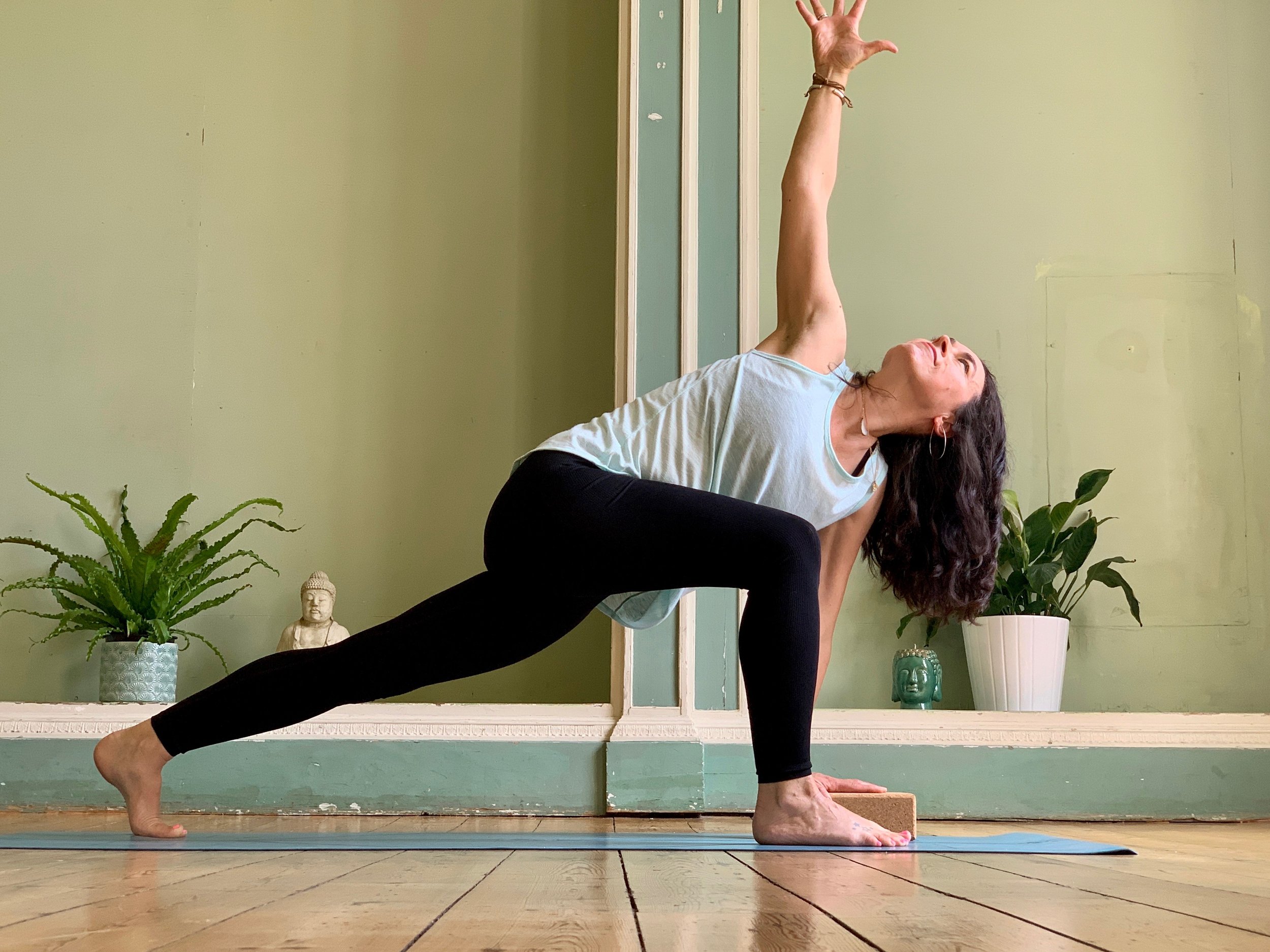Your core does more than shape your midsection. It’s your body’s powerhouse, responsible for balance, posture, and overall stability. If you want to build core strength without hitting the gym, yoga offers one of the most effective ways to do it. You don’t need equipment, a mat, or a studio. These 8 yoga poses can be done anywhere, and they target your abs, obliques, lower back, and deep stabilizer muscles.
This guide shares 8 yoga poses for core strength that are beginner-friendly, functional, and effective. Whether you’re at home, on the road, or outdoors, these moves will help you tone your core and support full-body control.
Why Yoga Is Great for Core Strength
Yoga poses often require you to engage your abdominal and back muscles to maintain balance and control. Unlike traditional crunches, yoga uses deep, isometric holds and mindful breathing to activate the entire core system, including:
- Rectus abdominis (six-pack muscles)
- Transverse abdominis (deep stabilizer muscles)
- Obliques (side abs)
- Erector spinae (lower back support)
This approach builds strength from the inside out, improving posture, balance, and coordination in daily life.
1. Plank Pose (Phalakasana)
How to do it:
- Start in a push-up position with shoulders stacked over wrists
- Keep your body in a straight line from head to heels
- Engage your core, glutes, and legs
- Hold for 30 seconds to 1 minute
Why it works:
Plank is a foundational pose that targets the entire core while also strengthening shoulders and legs.
2. Boat Pose (Navasana)
How to do it:
- Sit on the floor with your knees bent and feet flat
- Lean back slightly and lift your feet off the ground
- Extend your arms forward and straighten your legs into a V-shape if possible
- Hold for 20 to 30 seconds
Why it works:
Boat pose is one of the most effective static poses for engaging the front abs and hip flexors.
3. Side Plank (Vasisthasana)
How to do it:
- Start in plank, then shift your weight onto your right hand and outer right foot
- Stack your left foot on top of your right
- Lift your left arm toward the sky
- Engage your obliques and hold for 20 to 30 seconds
- Switch sides
Why it works:
Side plank targets the obliques and challenges lateral stability, which is key for spinal alignment.
4. Downward Dog to Knee-to-Nose
How to do it:
- Begin in Downward Dog
- Shift forward into plank
- Bring your right knee to your nose while rounding your spine
- Return to Downward Dog and repeat on the left side
Reps: 5 per side
Why it works:
This dynamic flow builds both mobility and strength in the core, arms, and shoulders.
5. Locust Pose (Salabhasana)
How to do it:
- Lie on your stomach with arms alongside your body, palms facing up
- Inhale and lift your head, chest, arms, and legs off the floor
- Keep your neck neutral and engage your glutes and lower back
- Hold for 20 to 30 seconds
Why it works:
Locust pose targets the posterior core muscles, helping balance out the work from forward-flexing poses.
6. Forearm Plank with Leg Lifts
How to do it:
- Start in forearm plank position
- Keep core tight and lift your right leg a few inches off the ground
- Lower it and switch to the left leg
- Alternate for 10 reps per side
Why it works:
Adding leg lifts to your plank challenges your core’s ability to stabilize while in motion.
7. Chair Pose with Twist (Parivrtta Utkatasana)
How to do it:
- Stand with feet together
- Bend knees as if sitting in a chair
- Bring hands to heart center
- Twist to the right, placing left elbow on right thigh
- Hold for 20 seconds and switch sides
Why it works:
The twist activates your obliques and deep core muscles while building lower body strength.
8. Bird-Dog Pose
How to do it:
- Begin on hands and knees
- Extend your right arm forward and left leg back
- Keep hips square and core engaged
- Hold for 5 seconds and switch sides
- Repeat 5 times per side
Why it works:
Bird-Dog trains cross-body coordination and strengthens your core stabilizers, which support balance and posture.
How to Get the Best Results
1. Breathe deeply
Your breath fuels the movement. Inhale to lengthen, exhale to engage your core and go deeper.
2. Practice regularly
Aim for 3 to 4 sessions per week. Consistency builds lasting strength and balance.
3. Focus on form
These poses don’t need to be fast or flashy. Slow, controlled movement is more effective than speed.
4. Add a flow
You can combine several poses into a flowing routine. For example: Plank → Downward Dog → Knee-to-Nose → Side Plank → Boat Pose.
Final Thoughts
Yoga for core strength is more than just building abs. It improves posture, prevents injury, and helps you move more efficiently. These 8 poses can be done anytime, anywhere, without any special gear. Whether you have five minutes or a full session, adding even a few of these into your routine will help you build a stronger, more stable core.










